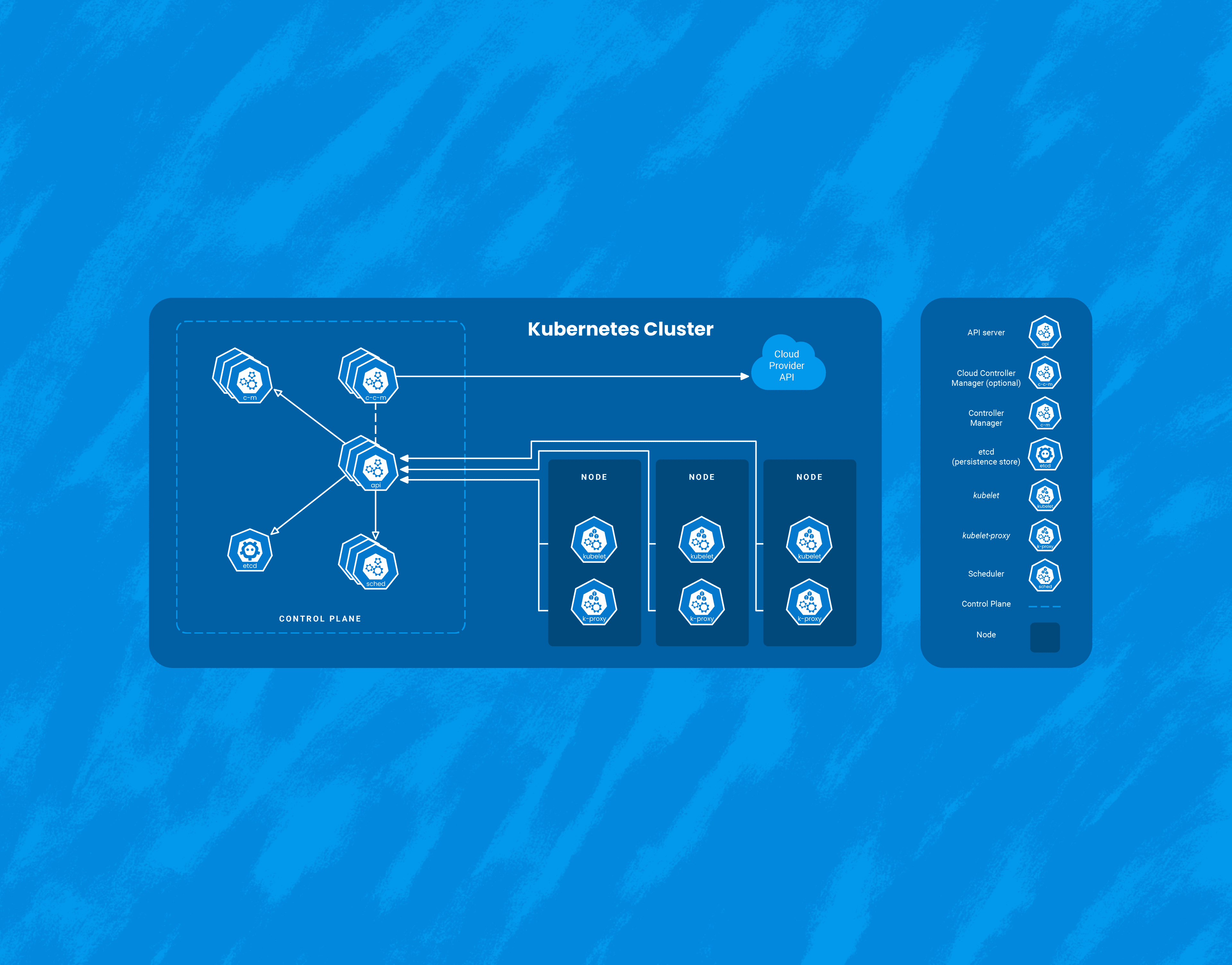Meet the Author

Nathan Lincoln
Senior Software Engineer II
Nathan is a backend software engineer turned SRE. They have a passion for reducing operational burden and improving the reliability of systems. Nathan lives in Madison, WI with their partner and two beautiful cats. They enjoy cooking, reading manga, and watching anime and bad reality TV.
Explore Author's Blog

How Honeycomb Monitors Kubernetes
While Kubernetes comes with a number of benefits, it’s yet another piece of infrastructure that needs to be managed. Here, I’ll talk about three interesting ways that Honeycomb uses Honeycomb to get insight into our Kubernetes clusters. It’s worth calling out that we at Honeycomb use Amazon EKS to manage the control plane of our cluster, so this document will focus on monitoring Kubernetes as a consumer of a managed service.

Alerting on the User Experience
When your alerts cover systems owned by different teams, who should be on call? We get this question a lot when talking about SLOs. We believe that great SLOs measure things that are close to the user experience. However, it becomes difficult to set up alerting on that SLO, because in any sufficiently complex system, the SLO is going to measure the interaction between multiple services owned by different teams. Therefore, the question becomes: who gets woken up at night when an SLO is burning through its error budget?

Scaling Ingest With Ingest Telemetry
With the introduction of Environments & Services, we’ve seen a dramatic increase in the creation of new datasets. These new datasets are smaller than ones created with Honeycomb Classic, where customers would typically place all of their services under a single, large dataset. This change has presented some interesting scaling challenges, which I’ll detail in this post, along with the solution we used, and how we leveraged Honeycomb’s own telemetry to scale Honeycomb.